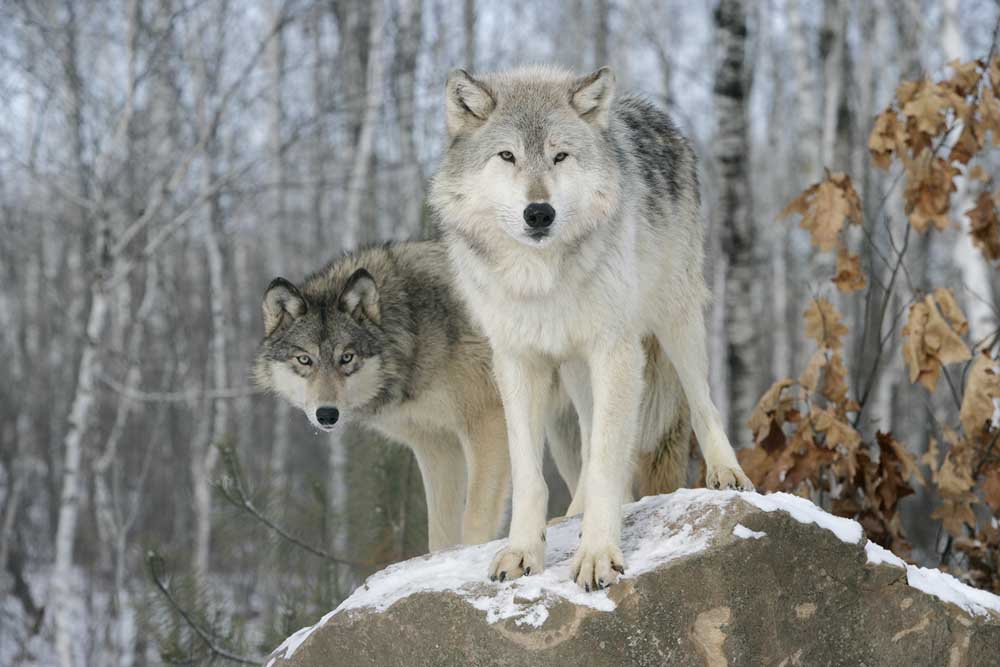Editorial: The concept and reality of wolves
Published 7:00 am Thursday, October 19, 2023

- The 9th U.S. Circuit Court of Appeals heard oral arguments in a case that could impact cattle grazing in the Colville National Forest in Washington state.
Wolf advocates say they are tickled that Oregon wildlife managers have approved a plan to capture and ship 10 of the apex predators to Colorado.
They say it will give Colorado a chance to jump start the reintroduction of wolves, which voters statewide approved in 2020 by a margin of less than 1%. Voters in 54 counties opposed the wolf plan, while only 10 counties — the most populous — voted for it. We suggest the wolves go to those 10 counties.
That lack of support aside, Colorado’s Parks and Wildlife officials have started soliciting wolves. Idaho and Montana passed, probably because they wouldn’t do that to another state. Idaho especially has been wrestling with wolves since 66 were deposited in the mountains in the 1990s. The state now has about 1,300.
Washington wanted to keep its wolves, despite the fact they just showed up from Canada, Idaho and Oregon.
But Oregon volunteered to send 10 wolves to Colorado. We only wish wildlife managers had thrown in the rest of them as a bonus. They wouldn’t be missed by many Oregonians, especially the state’s livestock producers.
Why? Because there is a wide divergence between the concept and the reality of having wolves in your state.
The concept goes something like this. Wolves originally roamed across about two-thirds of the lower 48 states. Having them around is something of a romantic idea — the call of the wild and all that.
But the reality of wolves is the opposite of romantic. They attack livestock and wildlife and make life miserable for anyone trying to eke out a living on the frontier. Over the years, wolves were killed or run off until the major populations were in Canada, which has about 60,000, and Alaska, which has about 12,000. Combined with the tens of thousands of wolves in Asia and Europe, there never has been a shortage of wolves worldwide.
The reality of wolves is that most of them mind their own business. They are excellent hunters and can take down a moose, deer or elk with little trouble.
Some, however, develop a taste for sheep and cattle. They can cut a wide swath through a flock or herd. Last year, two wolves chased 143 sheep and lambs to their death in a single pileup east of Boise in Idaho.
Elsewhere across the West, these wolves have killed hundreds of cattle, sheep and working dogs.
For ranchers, therein lies the rub. Each animal they lose to wolf attacks comes off their bottom lines. Worse yet, the livestock that survives is traumatized and does not gain weight and loses some of its crop of calves or lambs.
Suddenly, ranchers were expected to change the way they manage their livestock to keep the wolves at bay.
At the same time, some activists had the gall to blame the ranchers for the problems, arguing that wolves have a “right” to run around killing cattle and sheep.
We understand Colorado wants to bring in as many as 40 wolves in the next three years. As far as we’re concerned, come and get ’em.







